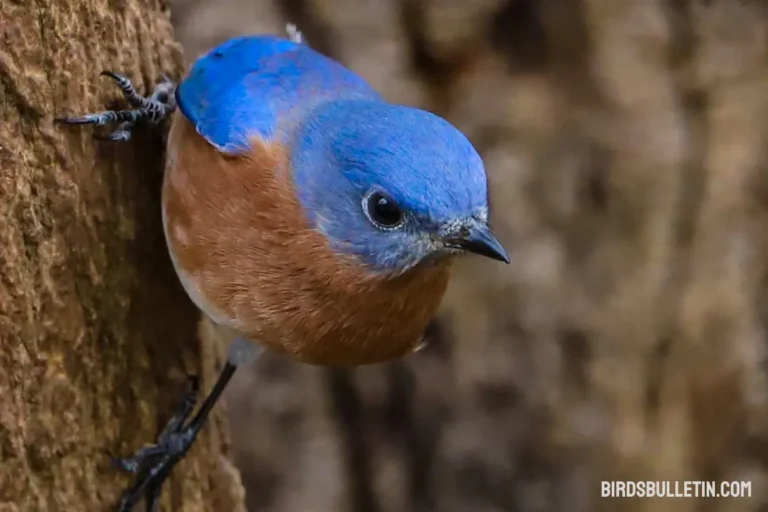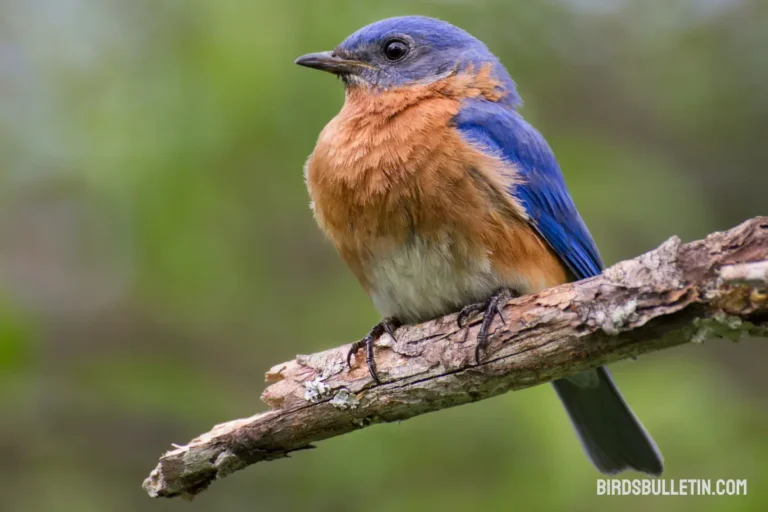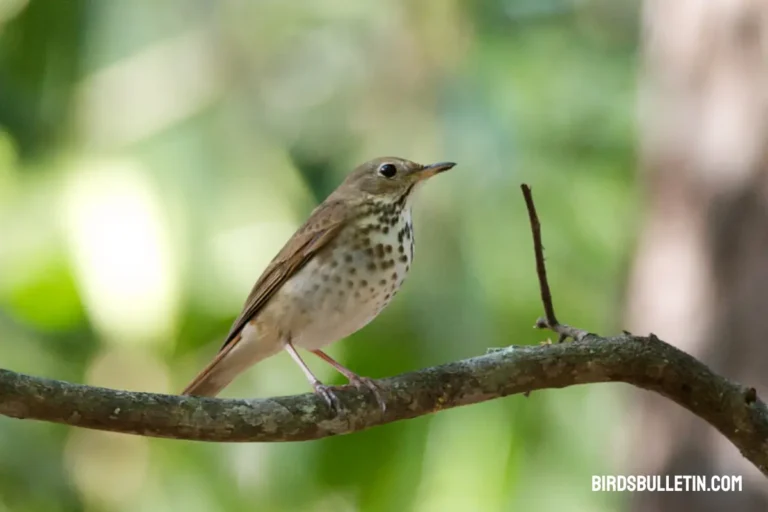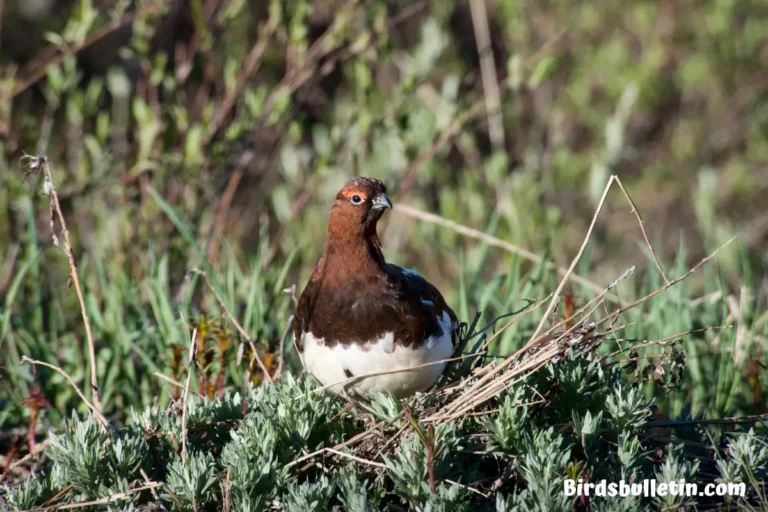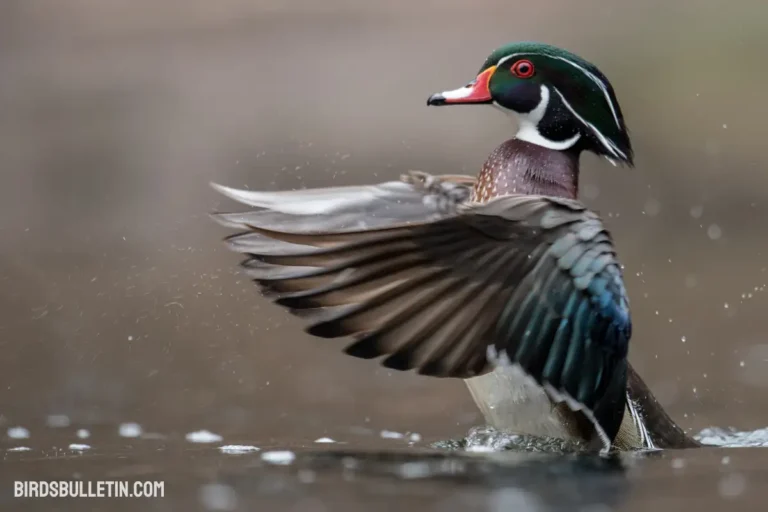Chickadee Bird: Subspecies And More
The chickadee, a small but charismatic bird, belongs to the Paridae family. This bird is renowned for its charming appearance. This overview article aims to provide a comprehensive overview of the chickadee, covering various aspects.
Want to learn more about Birds Overview:
How To Identify A Chickadee Step By Step?
There are various species of chickadee in North America that can be identified by their distinctive plumage, size, vocalizations, and behaviors. Here is a step-by-step guide to identifying common chickadees:
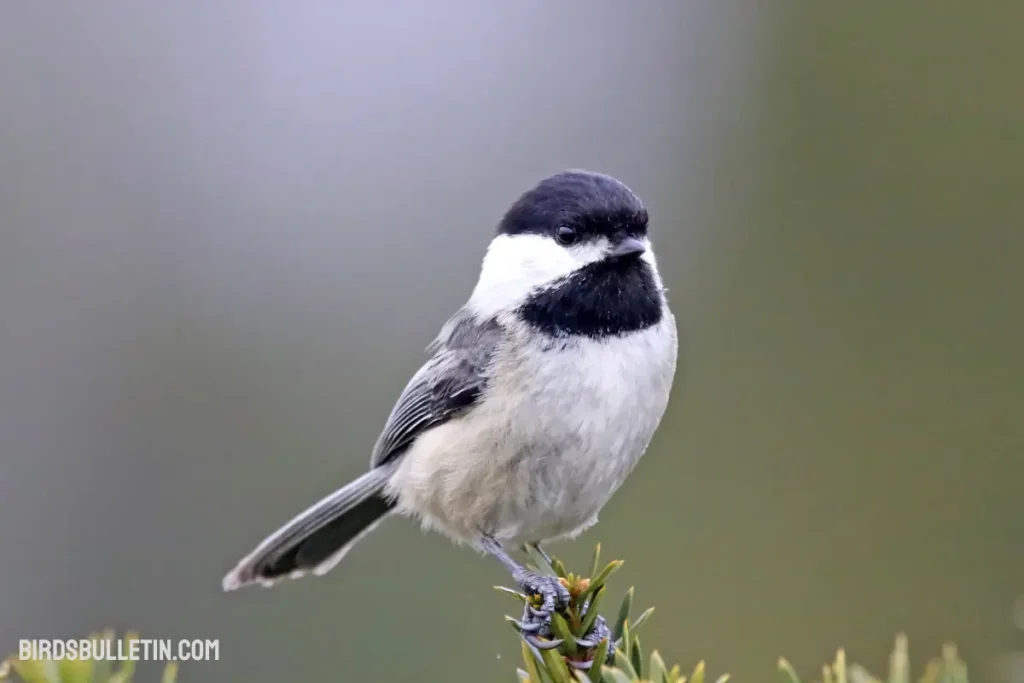
Note the size: Chickadees range from 3-6 inches in length. If the bird is larger, it is not a chickadee.
Look at the color pattern: Chickadees have black caps and bibs, white cheeks, and soft gray or tannish brown bodies. The black cap connects to the bib.
Listen for the call: The most common chickadee vocalization is a simple “chick-a-dee-dee-dee” call. This is how they got their name!
Watch behavior: Chickadees are active acrobatic birds that hang upside down to feed. They stay close to cover and travel in mixed flocks with other small birds like nuthatches and woodpeckers.
Consider range: Identify which chickadees are common in your geographical location using a field guide. This will narrow down options.
Examine details: Use field marks like wingbars, undertail coverts, eyestripes, throat patch shapes, and shades of gray/brown to pinpoint exact species.
Chickadee Profile
| Information | Details |
|---|---|
| Scientific name | Poecile atricapillus |
| Alternative name | Grumpies |
| Color | Gray upperparts, white underparts, black cap and bib |
| Lifespan | 2-3 years |
| Wingspan | 6-8 inches |
| Weight | 8-11 grams |
| Size | 4-6 inches |
| Diet | Insects, seeds, berries |
| Breeding season | Towards the end of March and the beginning of April |
| Lay eggs | 6-8 eggs per clutch |
| Locations | North America |
| Threats and predator | Hawks, owls, snakes, squirrels |
| Prey | Insects, spiders, caterpillars |
Is The Chickadee A State Bird And State Symbol?
When selecting the official state bird, Maine’s legislators did not focus on designating a particular species of chickadee. They simply chose “the chickadee” to represent the state.
Chickadee is not as widespread as cardinals or robins for state bird status. The friendly and hardy chickadee holds official symbolic state status in several northeastern states. where it is a beloved backyard bird.
How Many Chickadee Species Or Subspecies Exist?
There are 7 species of chickadee worldwide, all of which live in North America:
01. Black-capped chickadee (Poecile atricapillus) – Found across northern North America down into the central U.S.
02. Carolina chickadee (Poecile carolinensis) – stationed in the southeastern U.S.
03. Mountain chickadee (Poecile gambeli) – lives near the mountainous western North America.
04. Mexican chickadee (Poecile sclateri) – staying in the highlands of central Mexico.
05. Gray-headed chickadee (Poecile cinctus) – existing in Alaska through western Canada. Has 4 recognized subspecies.
06. Boreal chickadee (Poecile hudsonicus) – found across Canada, the northern U.S., and into the Rocky Mountains.
07. Chestnut-backed chickadee (Poecile rufescens) – located along the Pacific coast. Has 3 recognized subspecies.
What Is The Chickadee Population And Status?
Chickadees are numerous and widespread songbirds, with large, stable populations across North America. The global breeding population of the chickadee is estimated to be approximately 43 million, according to data from Partners in Flight.
With a score of 7 out of 20 on the Continental Concern Score, the chickadee is considered a species of relatively low conservation concern.
So, most chickadees are not of conservation concern and have large, stable populations. Their adaptability helps them thrive across North America in human-altered habitats.
When And Where Do Chickadees Migrate?
Chickadees are mostly non-migratory, staying within their breeding range year-round. However, irregular migrations or irruptions outside of their normal range do occasionally occur, typically in the fall, winter, and spring seasons. These southward irruptions are likely driven by regional food shortages.
But for the most part, chickadees are tough permanent residents, using adaptations like nightly hypothermia and food caching to survive cold winters at their breeding grounds year-round.
Their limited movements follow local food sources and weather conditions rather than set migratory patterns.
What Kind Of Behavior Do Chickadees Exhibit?
Chickadees display some interesting behaviors and adaptations that help them thrive:
- Social flocks – Chickadees form large mixed winter flocks with other small birds for added safety and to find food. Different chickadee species integrate peacefully.
- Acrobatic feeding – They are agile and hang upside down from branches to feed, hovering and fluttering in ways other small birds can’t.
- Caching food – Chickadees hide food like seeds and insects in hundreds of locations and recall these caches by spatial memory, a remarkable ability.
- Mobbing predators – When threatened, chickadees will mob and harass predators like hawks while scolding loudly to alert other birds.
- Nocturnal hypothermia – This bird can lower their body temperature up to 14°C each night to conserve energy, becoming slightly hypothermic.
- Complex vocalizations – They have a large repertoire of vocalizations beyond their namesake chick-a-dee calls that communicate information.
How Do Chickadees Interact With Humans?
Chickadees often interact with humans. They are frequent visitors to bird feeders, especially in winter when natural food sources are scarce. Chickadees will readily take food from an outstretched hand and even perch on a finger to grab a sunflower seed.
Their tameness around humans makes them one of the most popular backyard birds. Chickadees are also known to follow humans engaged in activities like gardening, and foraging for insects stirred up by the digging.
Some chickadees can even be hand-fed by patient humans who offer them suet or nuts. With gentle and persistent encouragement over time, individual chickadees can become quite tame and may eat from an open palm.
Are Chickadees Of Conservation Concern?
Chickadees are not considered threatened or endangered species currently. Most species have widespread, stable, or increasing populations With a score of 7 out of 20 on the Continental Concern Score, the chickadee is considered to be a species of relatively low conservation concern.
Habitat loss due to forest clearing for agriculture or development can actually increase the amount of forest edge habitat preferred by chickadees.
Furthermore, this species has benefited from supplemental feeding by people who maintain bird feeders.
Are There Any Laws Protecting Chickadees?
Chickadees are native North American songbirds protected under the Migratory Bird Treaty Act of 1918. This Act makes it illegal to harm chickadees or disturb their active nests without permits.
Specifically, the laws prohibit:
- Killing, hunting, or capturing chickadees.
- Possessing chickadees or chickadee parts like feathers.
- Disturbing or destroying chickadee nests and eggs.
There are no chickadee-specific protections or conservation status designations. Chickadees only receive general protections provided to all native migratory birds under this Act. No permits or limits exist on chickadee observation, photography, feeding, or attracting them.
Frequently Asked Questions
01. How did chickadees get their name?
Chickadees get their onomatopoeic name from their simple, familiar chick-a-dee-dee-dee song, which gives them their scientific genus name “Poecile” meaning variegated or ornamental.
02. How do chickadees survive harsh winter conditions?
Chickadees have a high metabolism and can enter a state of regulated hypothermia during cold nights to conserve energy. Their ability to cache food allows them to access essential resources during periods when foraging is challenging.
03. Are chickadees monogamous?
The chickadee typically forms monogamous pairs during the breeding season. These pairs often stay together throughout the season, and in some cases, individuals may form long-term
04. Do chickadees make good pets?
No, chickadees do not make good pets. They are fragile wild birds that require specialized care and diets. Chickadees are protected native songbirds so capturing or keeping them is illegal.
Final Word
In conclusion, chickadees are a beloved, iconic group of tiny acrobatic backyard birds across North America. Their populations remain secure despite some localized disease risks.
This bird provides an accessible opportunity to connect with nature for many people, interacting readily with patient humans. But they remain wild birds that should only be enjoyed responsibly through observation, photography, research, and feeding.
References
- All About Birds Chickadee Overview, Cornell Lab of Ornithology https://www.allaboutbirds.org/guide/Chickadee/overview
- Dunn, J. L., & Alderfer, J. K. (Eds.). (2006). National Geographic Field Guide to the Birds of North America. National Geographic Books. Washington D.C.
- U.S. Fish and Wildlife Service. (2022). “Migratory Bird Treaty Act.” https://www.fws.gov/birds/policies-and-regulations/laws-legislations/migratory-bird-treaty-act.php


